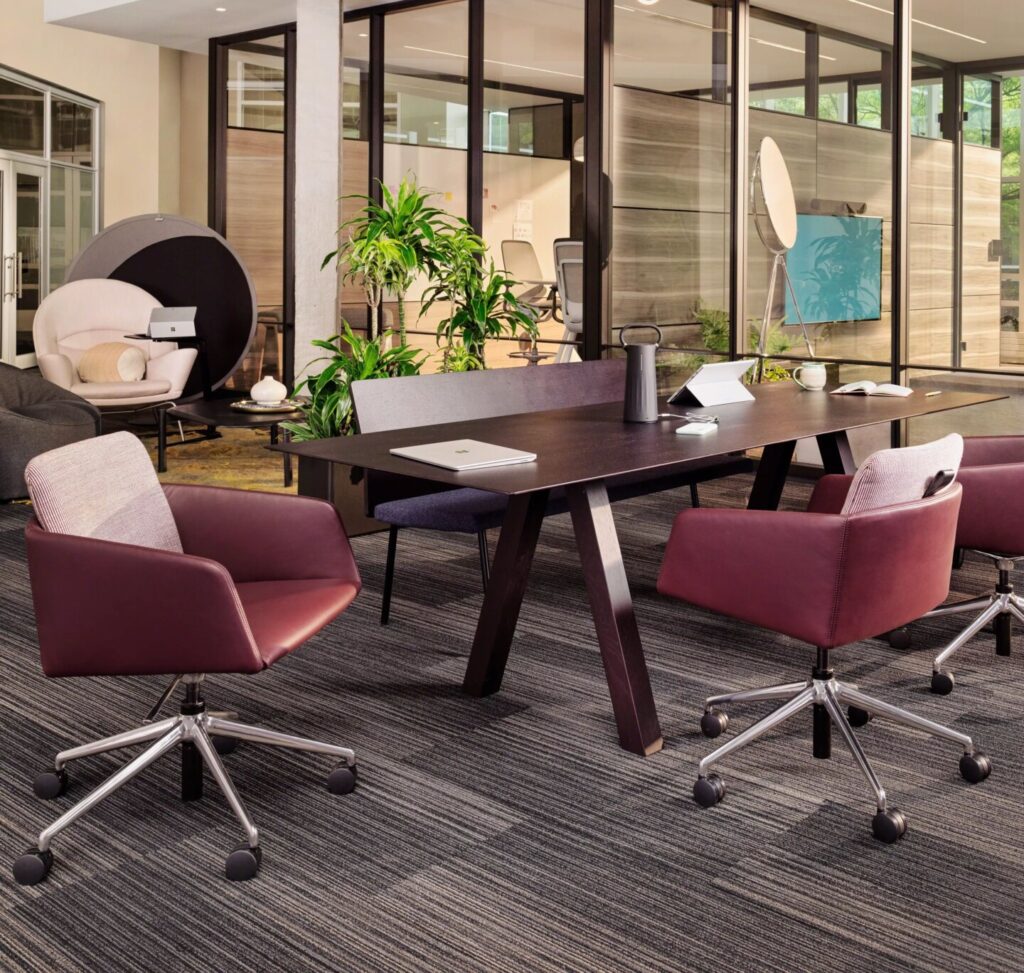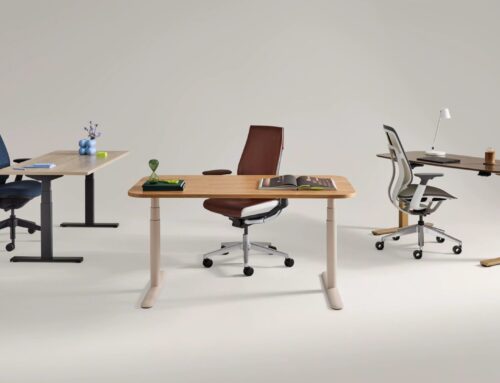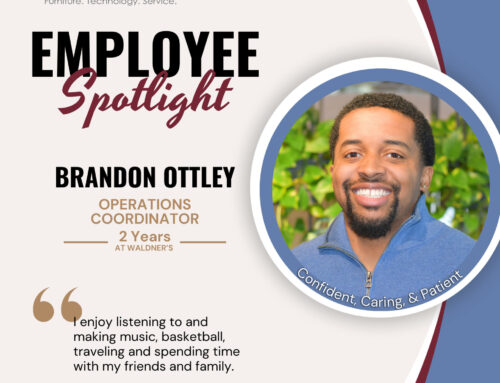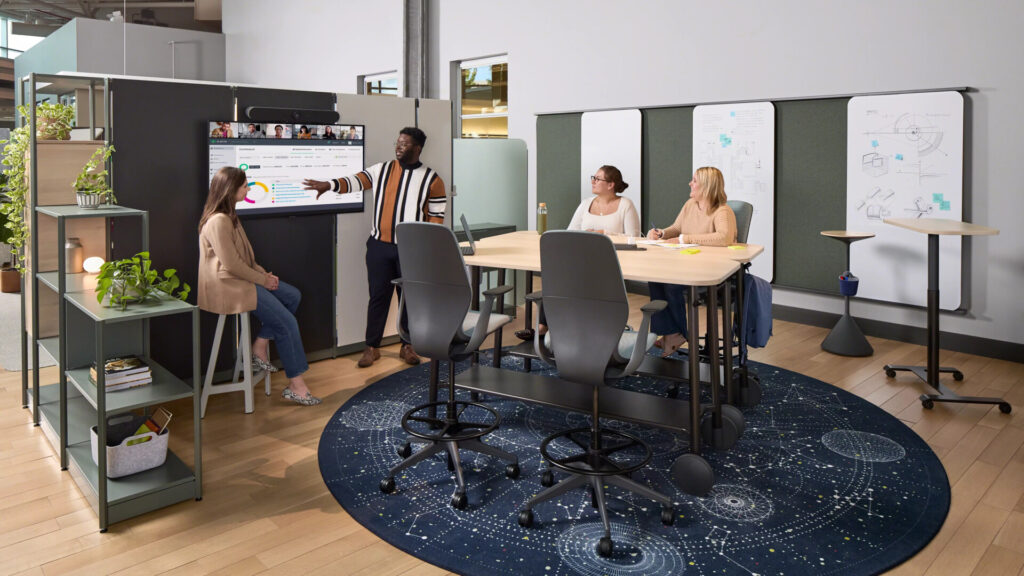
Based on Steelcase research, 56% of meetings now feature at least one remote participant, while only 44% are conducted entirely in-person.
In today’s digital age, screen-based interactions have become the norm, even within the office. Employees are now more inclined to join meetings from their desks rather than walking to a conference room.
According to Steelcase Global research,
- 38% say it’s easier to connect without moving
- 30% say it’s a better experience for all participants
- 29% say no room is booked in advance
- 26% say there’s no time between meetings to move
The increase of hybrid work has altered where, when, and how people are working. While this shift offers greater flexibility to balance work and personal lives, it also means employees are managing more meetings over longer periods and often in greater isolation.
This surge in screen time is reshaping workplace dynamics, influencing both human behavior and work culture. As screens dominate our professional lives, they bring significant implications for employee wellbeing and job performance. However, keep reading to find out a few tips you can implement in the workplace to help with the rise in screen-based work.
Four Tips for Accommodating Increased Screen Time in the Office:
1. Implement Meeting Rooms Designed for Hybrid Collaboration
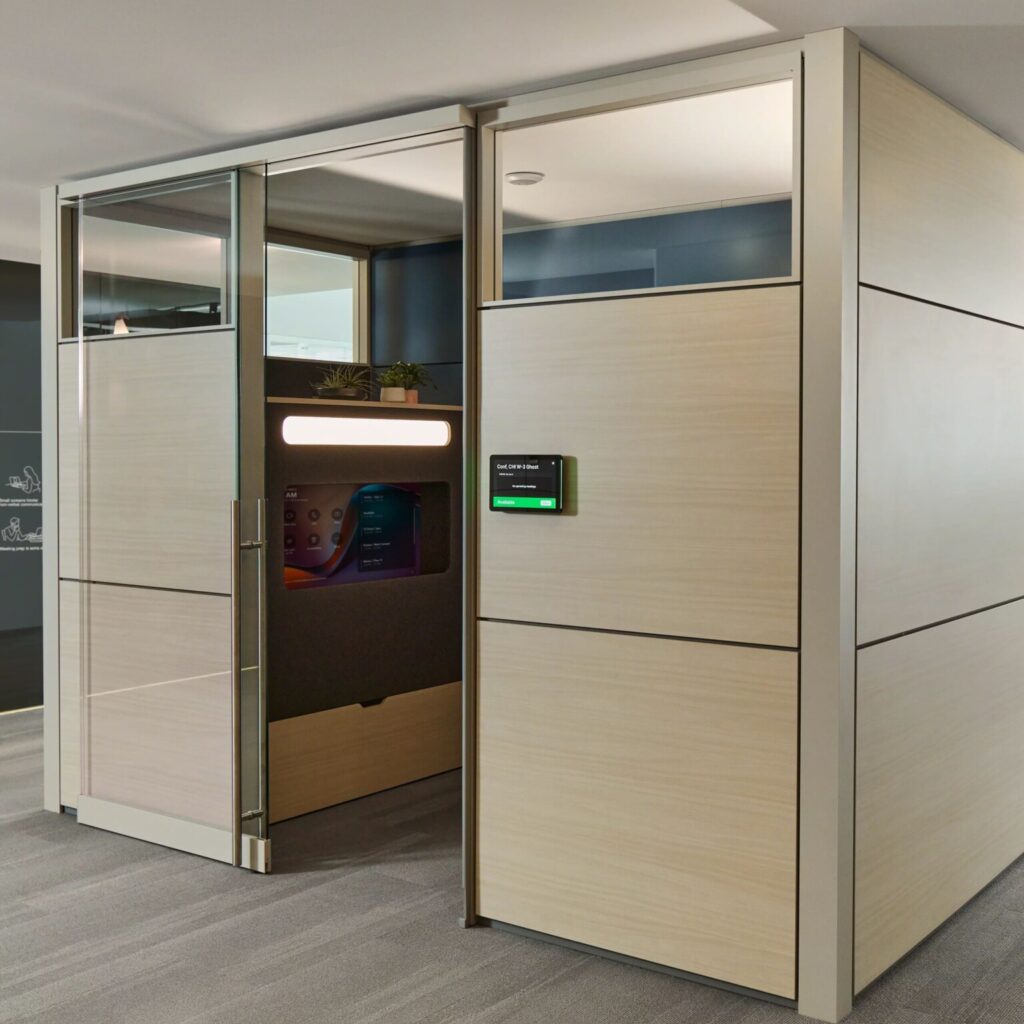
Check out the Ocular View Pod by Steelcase & Logitech.
The Ocular View Pod is a one-to-one extended-reality experience that blurs the boundaries between the physical and digital realms, fostering more human and immersive connections. The Pod is created with the Steelcase Everwall modular walls, and as a result, it provides visual and acoustic privacy for a completely unique hybrid meeting experience.
2. Create a Range of Spaces for Wellbeing:
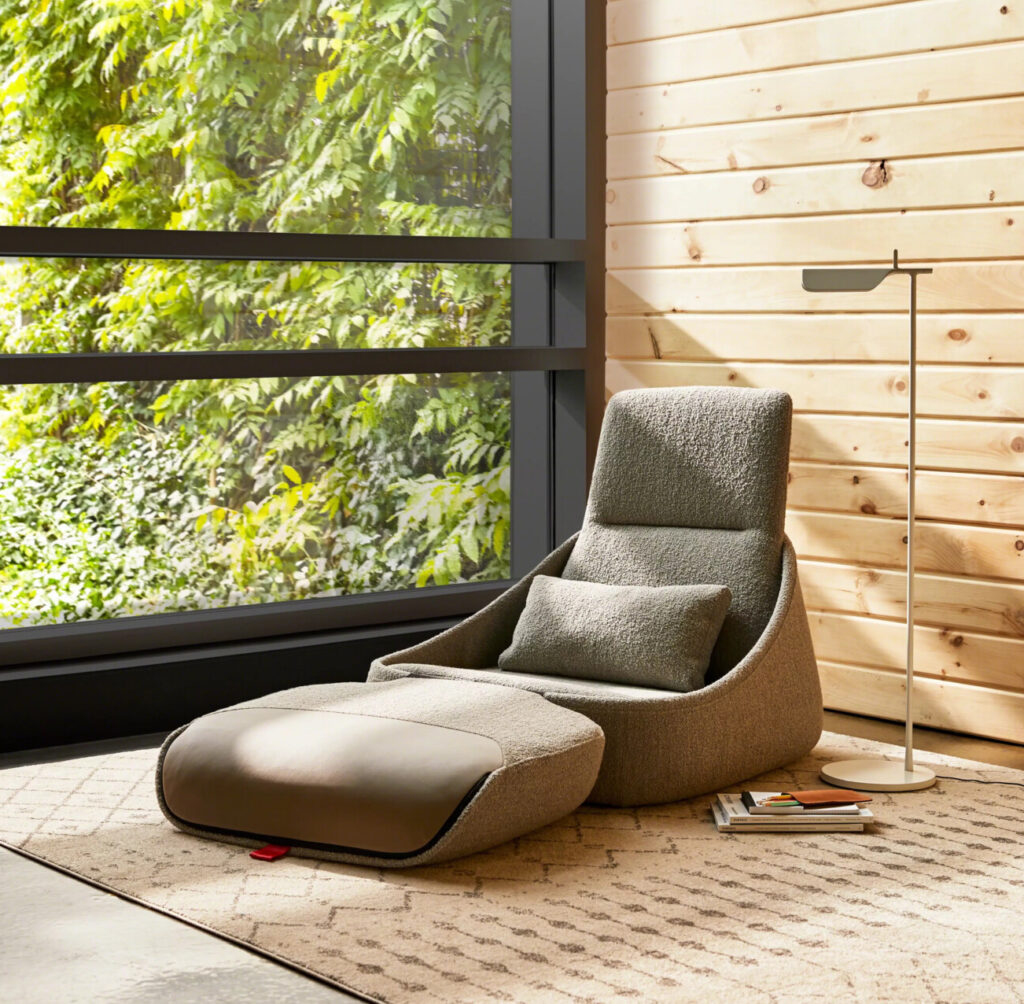
Check out the Hosu Lounge Seating by Coalesse.
The Hosu Lounge Seating is designed to support mobile work and promote comfort. This distinctive and cozy work lounge prioritizes personal space, helping you relax, stay focused, and boost productivity.
3. Ensure Easy Access to Power:
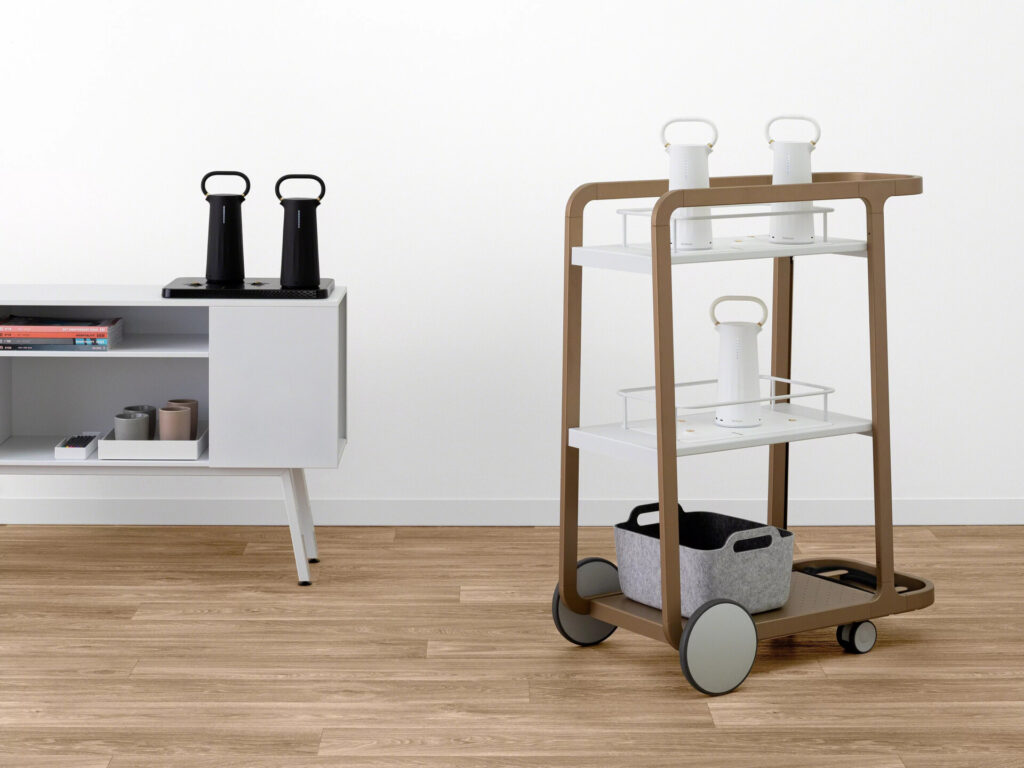
Check out the Flex Mobile Power by Steelcase & Anker.
The Flex Mobile Power is a highly portable power solution that ensures you stay connected to power wherever you are. Each unit is powerful, lightweight, and easy to carry, giving you the freedom to work from any location.
4. Support Visual and Acoustic Privacy:
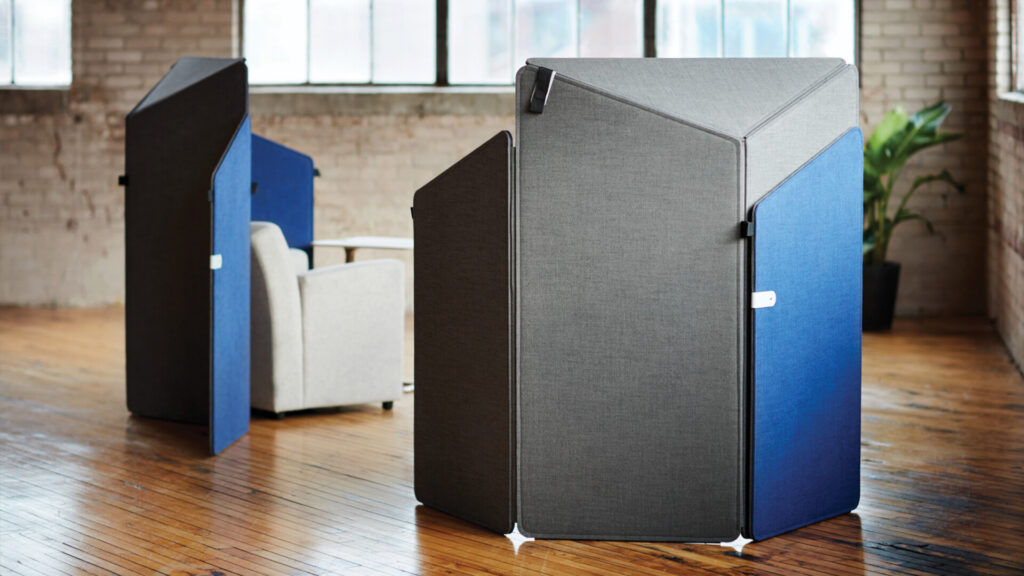
Check out the Clipper Screen by Steelcase.
Clipper is a versatile, portable screen that offers instant privacy for both teams and individuals. Its tackable fabric panels not only absorb sound but also ensure visual privacy, creating an ideal environment for focused work.
*references: https://www.steelcase.com/research/articles/living-on-screen/

